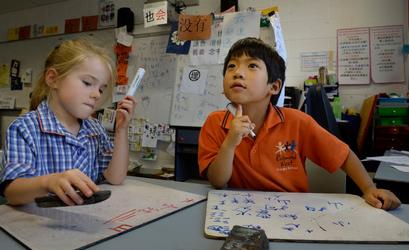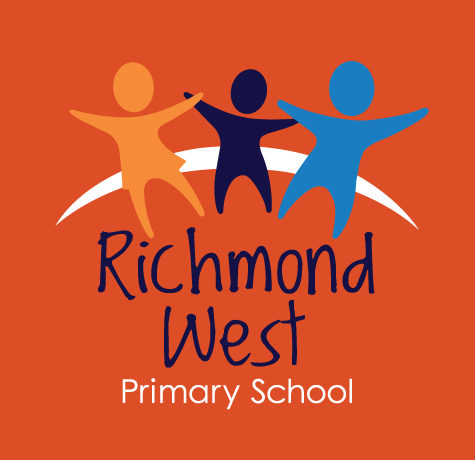Our core business
Literacy across the curriculum
Conventionally, literacy refers to reading, writing, speaking, viewing and listening effectively in a range of contexts. In the 21st century, the definition of literacy has expanded to refer to a flexible, sustainable command of a set of capabilities in the use and production of traditional texts and new communications technologies, using spoken language, print and multimedia.
At Richmond West, Literacy is an enabler for deep learning in all curriculum areas through which shared beliefs and understanding about teaching and learning are developed
Staff commit to ensure that all students experience success in learning by being highly literate, ensuring literacy demands of all key learning areas are recognised and explicitly addressed in teaching
Collaborative planning is utilised to develop authentic literacy learning experiences – this may include specialist teachers, year level teachers, subject coordinators, coordinators and school leadership. Cross-curricular connections are valued and utilised in support of literacy instruction and acquisition, including the use of ICT skills as a vehicle to learn and share literacy
Numeracy across the Curriculum
The development of numeracy requires that students gain confidence and experience using their mathematical knowledge in everyday situations and in all areas of study. At Richmond West PS numeracy is an integral component to learning and critical thinking across all curriculum areas. We assist students to develop the ability and disposition to use and interpret mathematical concepts, skills and representations fluently and critically, so that they can operate successfully and purposefully in diverse contexts.
Numeracy practices at Richmond West PS include:
- Explicitly planning for and teaching the mathematics required to engage with numeracy in many contexts across the curriculum
- Giving students time and opportunities to work things out for themselves and with peers
- Developing students’ strategic and critical thinking by assisting them to reflect and communicate about the way they approach and solve problems and perform tasks
- Engaging students in purposeful tasks
- Enabling students to explore numeracy in different contexts
- Developing teaching repertoires that include: demonstrating, modelling, thinking aloud, sharing (eliciting student contribution), and facilitating independent group and individual task completion and problem solving
Languages

The Chinese bilingual program provides students with opportunities to learn to read, write and communicate fluently in Chinese from Foundation to Year 6. Students are immersed in the Chinese language for two days each week. The Chinese bilingual program includes reading, writing, mathematics and the curriculum capabilities of intercultural understandings and Australia’s engagement with Asia.
